How Do Oxygen Detectors Work to Ensure Safety?
In industrial production, confined space operations, and medical environments, abnormal fluctuations in oxygen concentration can lead to suffocation, explosions, or fires. Oxygen detectors, as critical safety devices, provide early warnings for personnel and facilities by continuously monitoring oxygen levels in the environment. This article will analyse how oxygen detectors establish safety barriers from three dimensions: technical principles, application scenarios, and operational standards.
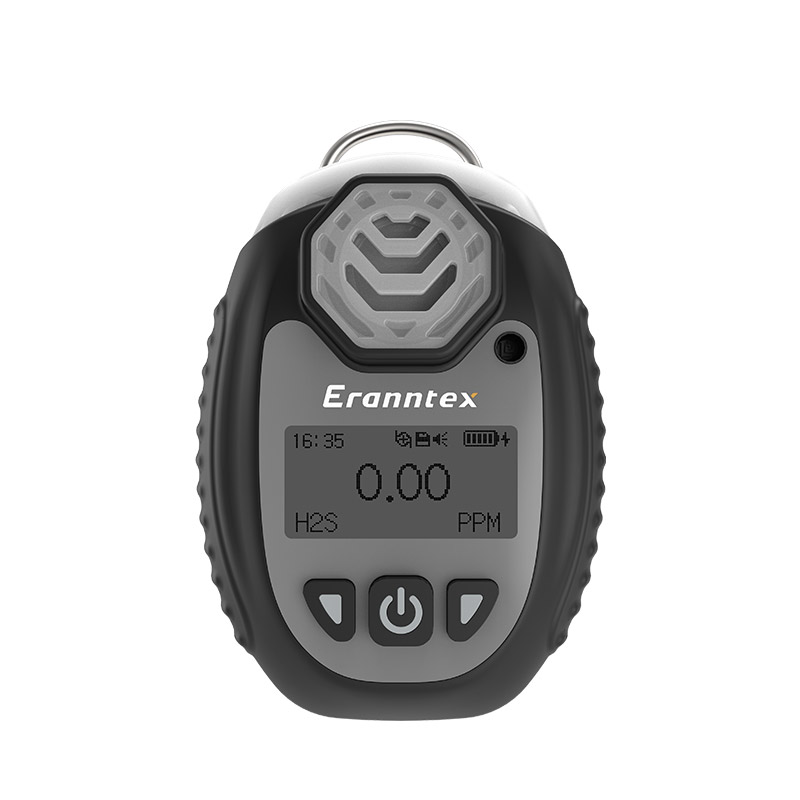
I. Core Sensing Technology: Multi-Principle Adaptation for Different Scenarios
The core of oxygen detectors lies in their sensor technology, with mainstream technologies including electrochemical sensing, infrared absorption, and paramagnetic principles, each optimised for specific scenarios.
1. Electrochemical Sensors: Balancing High Precision and Portability
Electrochemical sensors generate a current signal proportional to oxygen concentration through redox reactions between oxygen and electrodes in an electrolyte solution (O₂ + 4H⁺ + 4e⁻ → 2H₂O). Their advantages include high precision (detecting changes as small as 0.1% vol) and low power consumption, making them widely used in portable devices. For example, the American AII-11-60 sensor uses electrochemical principles, with a response time as short as 30 seconds, and features waterproof and corrosion-resistant design, making it suitable for harsh environments such as chemical plants and mines. However, this technology has a relatively short lifespan (approximately 2-3 years) and requires regular calibration to maintain accuracy.
2. Infrared sensors (NDIR): Interference resistance and wide-range monitoring
Infrared sensors utilise the absorption characteristics of oxygen at specific infrared wavelengths, calculating concentration by measuring light intensity attenuation. They have strong interference resistance and can distinguish oxygen from other gases, making them suitable for complex gas environments. For example, the German PreSens fluorescence oxygen meter uses fibre optic transmission of fluorescence signals and achieves high-precision measurement through the ‘dynamic fluorescence quenching’ effect (oxygen molecules collide and cause fluorescence intensity to decay), with an accuracy of up to 1 ppb, and can even be used to measure gaseous oxygen or dissolved oxygen in hazardous areas.
3. Paramagnetic sensors: fast response and long-term stability
Paramagnetic sensors are based on the paramagnetic properties of oxygen (easily attracted by magnetic fields) and detect concentration by measuring changes in gas flow within a magnetic field. Their response time can be as low as 1 second, and they have no chemical consumption, making them suitable for long-term continuous monitoring. For example, they are commonly used in industrial settings for monitoring combustion processes in boilers and kilns, but they are costly and are primarily used in high-end medical or research fields.
II. Application Scenarios: Comprehensive Coverage from Confined Spaces to Industrial Production
Oxygen detectors have a wide range of application scenarios, and their design must meet the safety requirements of different environments.
1. Confined Space Operations: The ‘First Line of Defence’ for Life Safety
In confined spaces such as storage tanks and underground pipelines, abnormal oxygen concentrations (<19.5% Vol or >23.5% Vol) directly threaten personnel safety. For example, during maintenance of a storage tank at a chemical plant, a portable oxygen detector detected a concentration drop to 18%, triggering an audible and visual alarm and activating the ventilation system to prevent personnel from suffocating. Such equipment must feature explosion-proof design (e.g., Ex ia IIC T4 rating), waterproof and dustproof protection (IP68 rating), and multi-parameter detection capabilities (integrating O₂, H₂S, CO, etc.) to address complex risks.
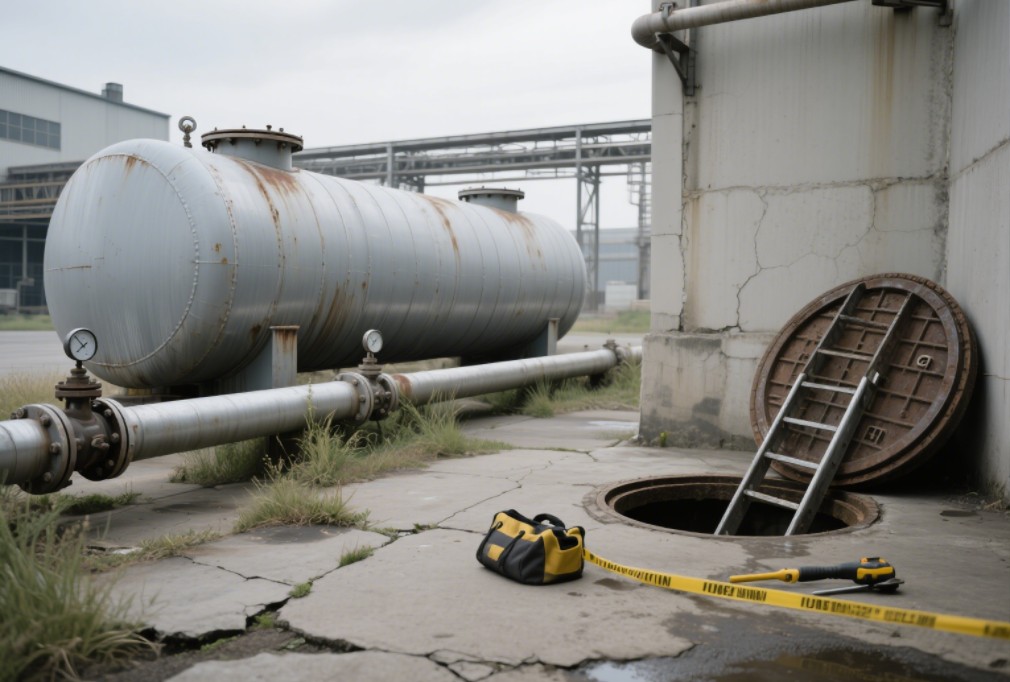
2. Industrial production: Preventing explosions and combustion accidents
In industries such as chemicals, petroleum, and natural gas, oxygen leaks can cause explosions. For example, zirconia sensors (ZrO₂) generate a potential difference based on oxygen concentration differences at high temperatures, making them suitable for high-temperature environments such as boilers and kilns (requiring heating to over 700°C). Fixed detectors can be linked to ventilation equipment to automatically regulate oxygen concentration while storing data for accident traceability.
3. Medical field: Ensuring safe output of treatment equipment
Emergency rooms and intensive care units in hospitals need to monitor the output concentration of oxygen therapy equipment. Electrochemical sensors are the preferred choice for medical equipment due to their high accuracy (error <±1% Vol) and stability. For example, PreSens's miniature oxygen sensors can be embedded in bioreactors to monitor oxygen levels in cell culture environments in real time, ensuring the reliability of experimental results.
III. Operational Standards: Comprehensive Management from Calibration to Maintenance
The reliability of oxygen detectors depends on strict operational standards, including calibration, installation, and personnel training.
1. Regular Calibration: Ensuring Data Accuracy
Sensor performance degrades over time, necessitating regular calibration (typically every 6–12 months). Calibration requires standard gases (e.g., 20.9% Vol clean air) to adjust device parameters by comparing readings. For example, MSA oxygen detectors require pre-use checks to ensure sensors are not contaminated; if readings are abnormal, sensors must be cleaned or replaced.
2. Proper installation: Avoid interference and errors
Detectors should be installed in well-ventilated areas free from interference, avoiding exposure to chemicals, dust, etc. For example, in chemical production, detectors should be kept away from ventilation openings and leak sources to obtain representative data.
3. Personnel training: Enhance emergency response capabilities
Operators must be familiar with the device's functions, alarm thresholds, and emergency response plans. For example, in an underground pipeline operation accident, workers did not use oxygen detectors, leading to oxygen deprivation and unconsciousness. During subsequent rescue efforts, an explosion occurred due to an oxygen-rich environment. Such tragedies can be prevented through standardised training, including drills for the ‘oxygen deprivation/oxygen enrichment - alarm - evacuation - rescue’ process.

Conclusion: Dual Drivers of Technological Innovation and Safety Culture
Technological advancements in oxygen detectors (e.g., fluorescence quenching method, IoT integration) are enhancing the efficiency and accuracy of safety monitoring. However, the performance of such equipment depends on strict operational protocols and a robust safety culture. Every aspect—from the proper use of personal protective equipment to the development of emergency response plans—directly impacts life safety. In the future, with the widespread adoption of wearable devices and AI predictive models, oxygen detectors will become more intelligent, building a stronger safety barrier for global industrial and medical fields.
Related information
-
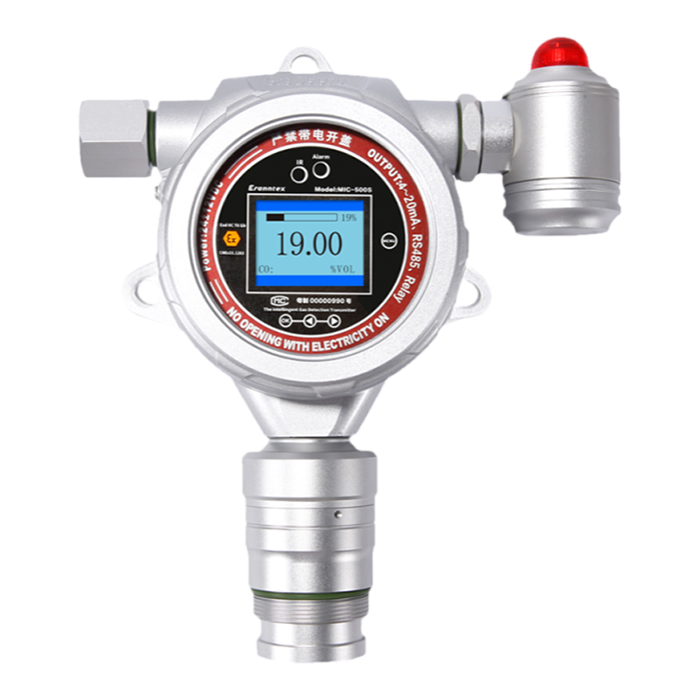
Combustible Gas Detectors: Your First Line of Defense
In today\'s society, whether in cosy domestic settings, bustling industrial environments, or challenging outdoor work zones, combu...
2025-10-31 -

How to Test Your Oxygen Detectors Effectively?
In today\'s society, where safety and health are paramount, oxygen detectors serve as vital equipment safeguarding us from the d...
2025-10-29 -

Oxygen Detectors: Your Key to a Safer Environment
In the global pursuit of safety and healthy living, oxygen detectors are increasingly becoming indispensable equipment for safeg...
2025-10-27 -
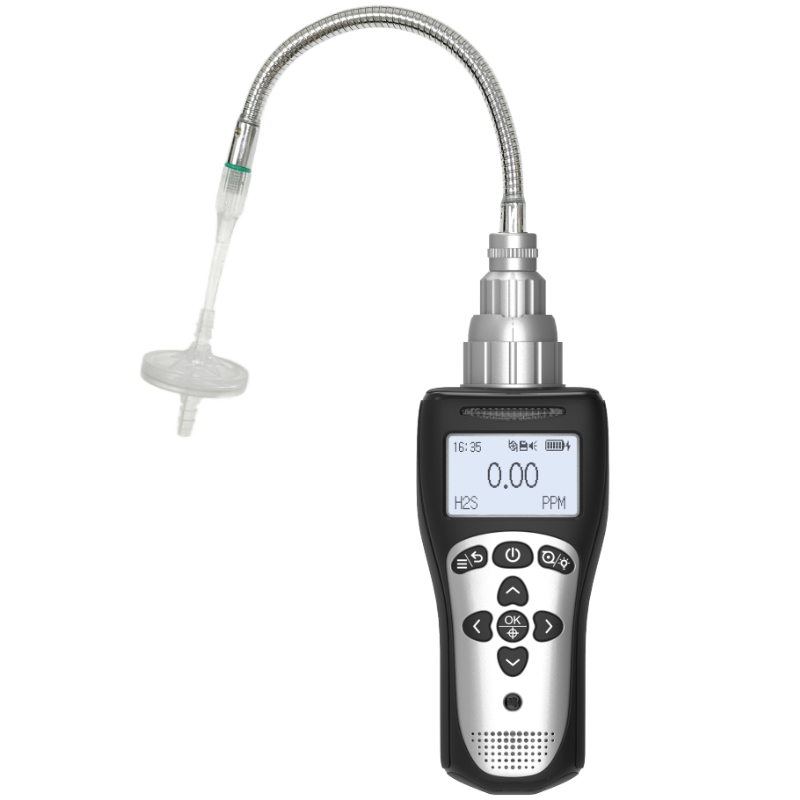
6 Types of Oxygen Detectors You Should Know About
In countless industrial, commercial, and research settings, oxygen serves as both the source of life and a potential hazard. Insuf...
2025-10-24 -

How Often Should You Replace Your Oxygen Detectors?
In today\'s society, oxygen detectors play a vital role across industrial production, underground operations, and specific domesti...
2025-10-22

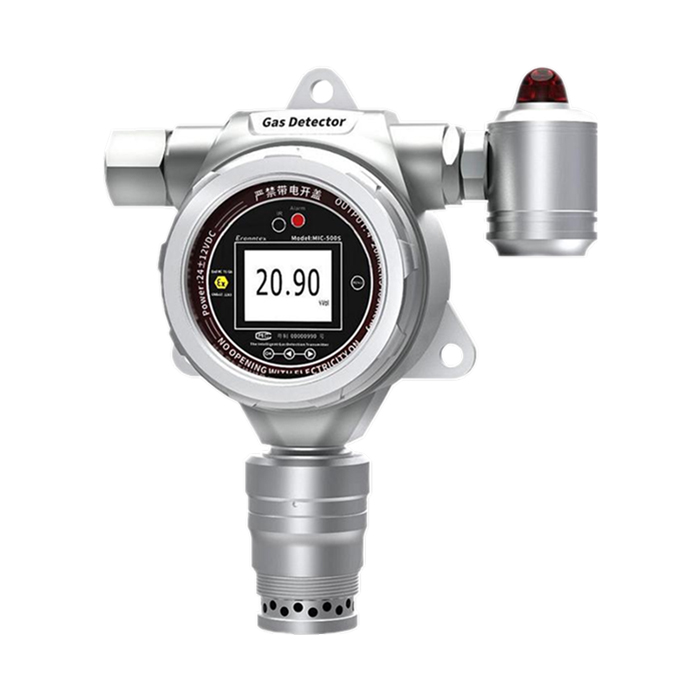
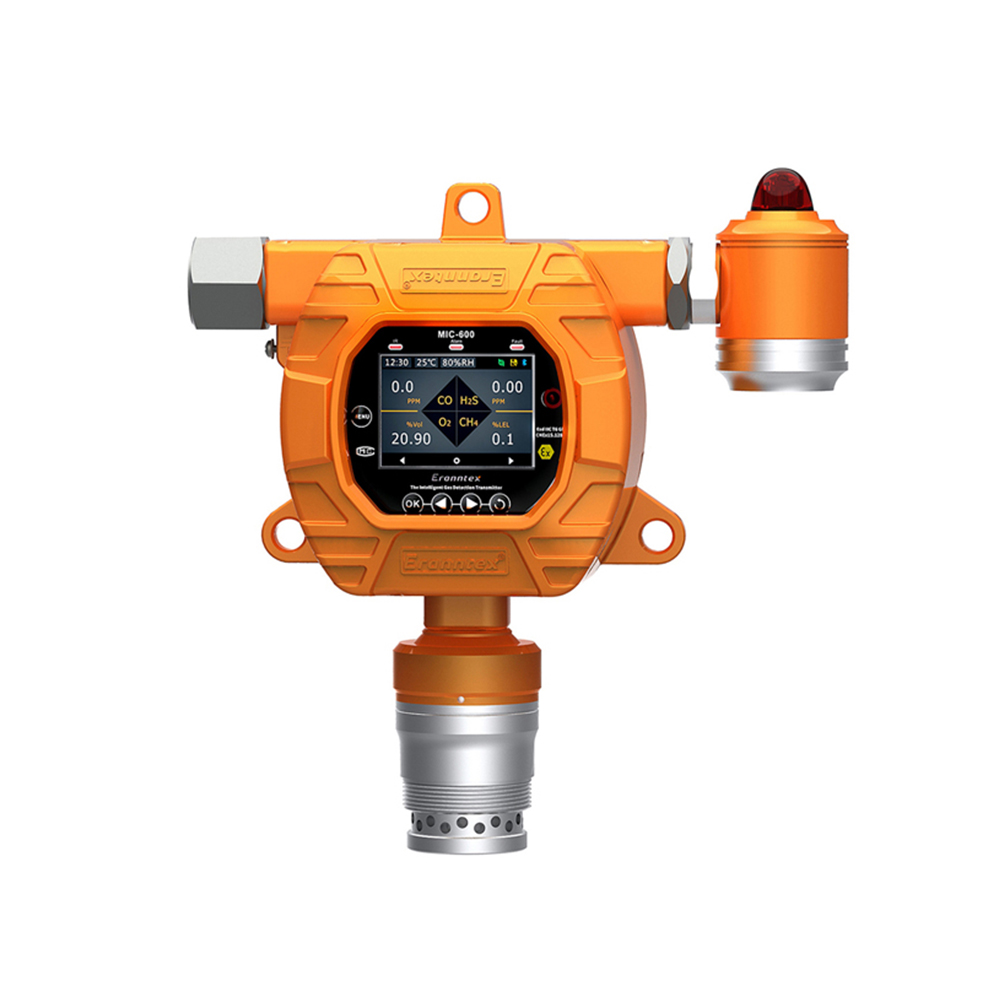
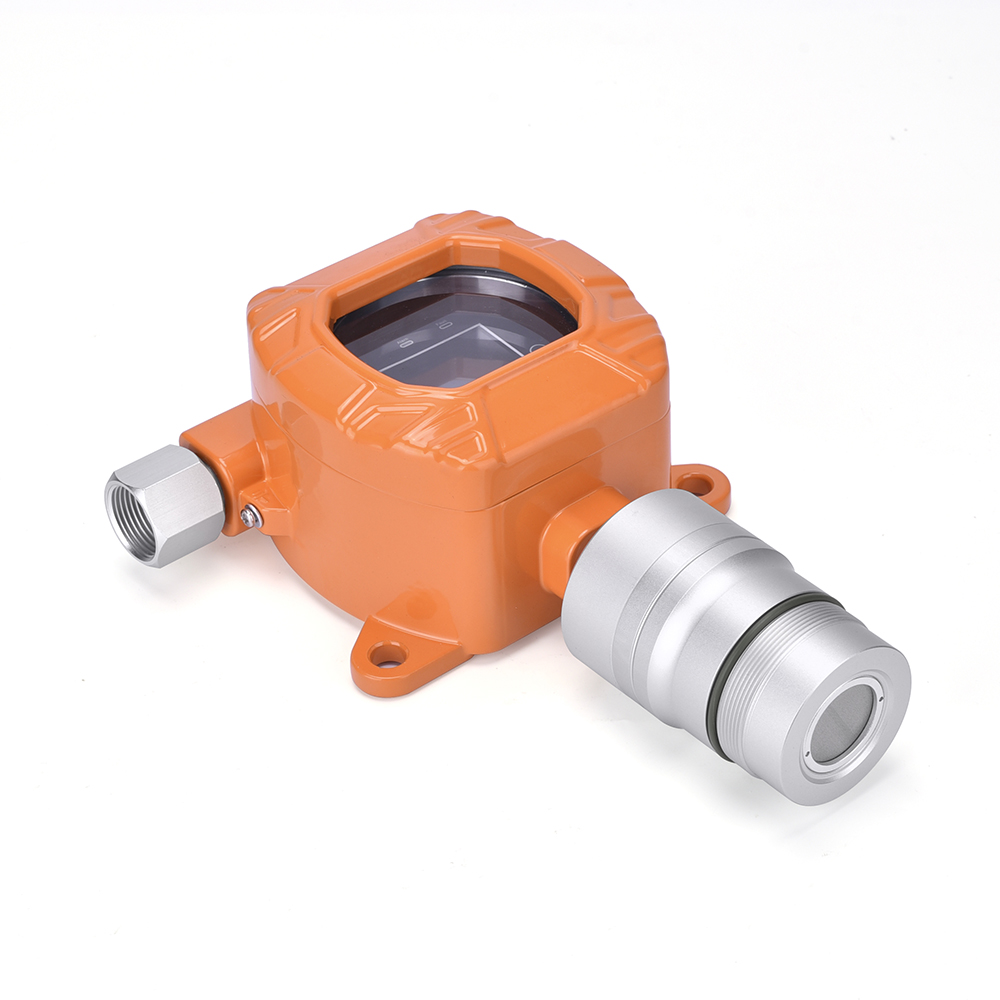
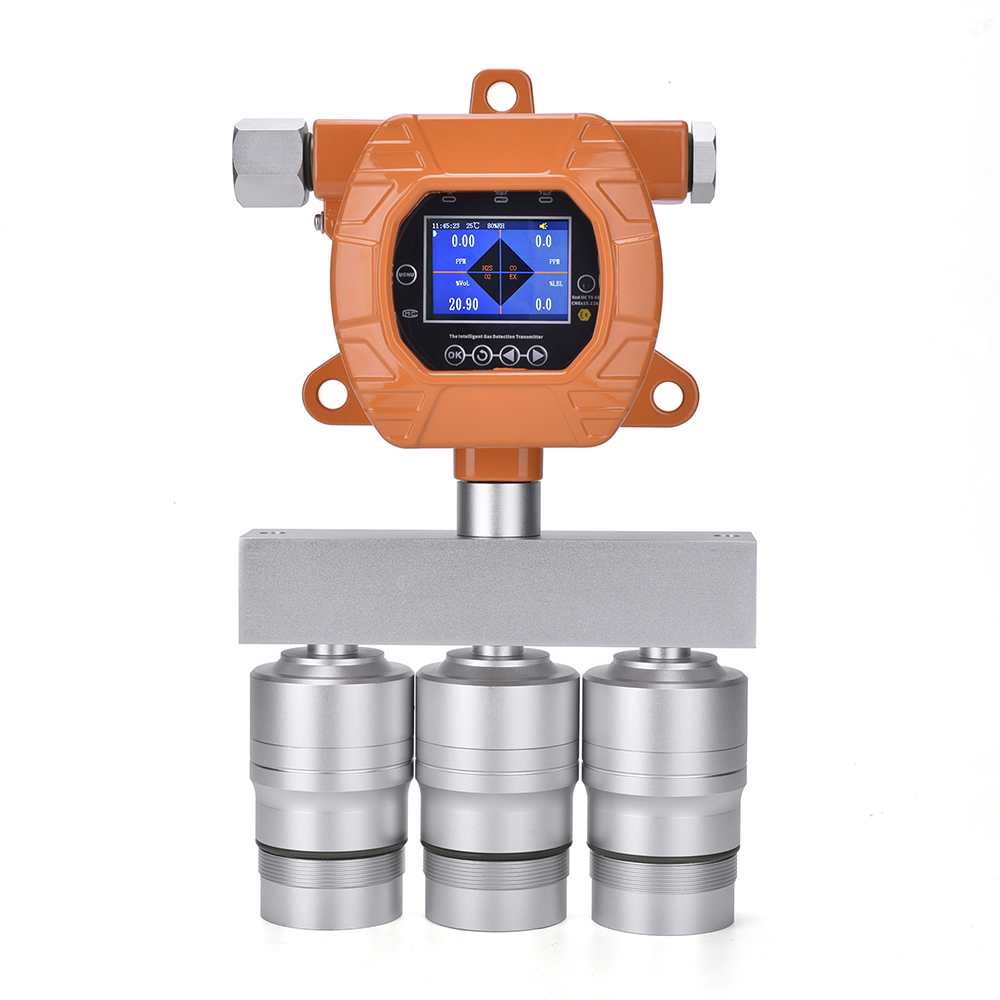

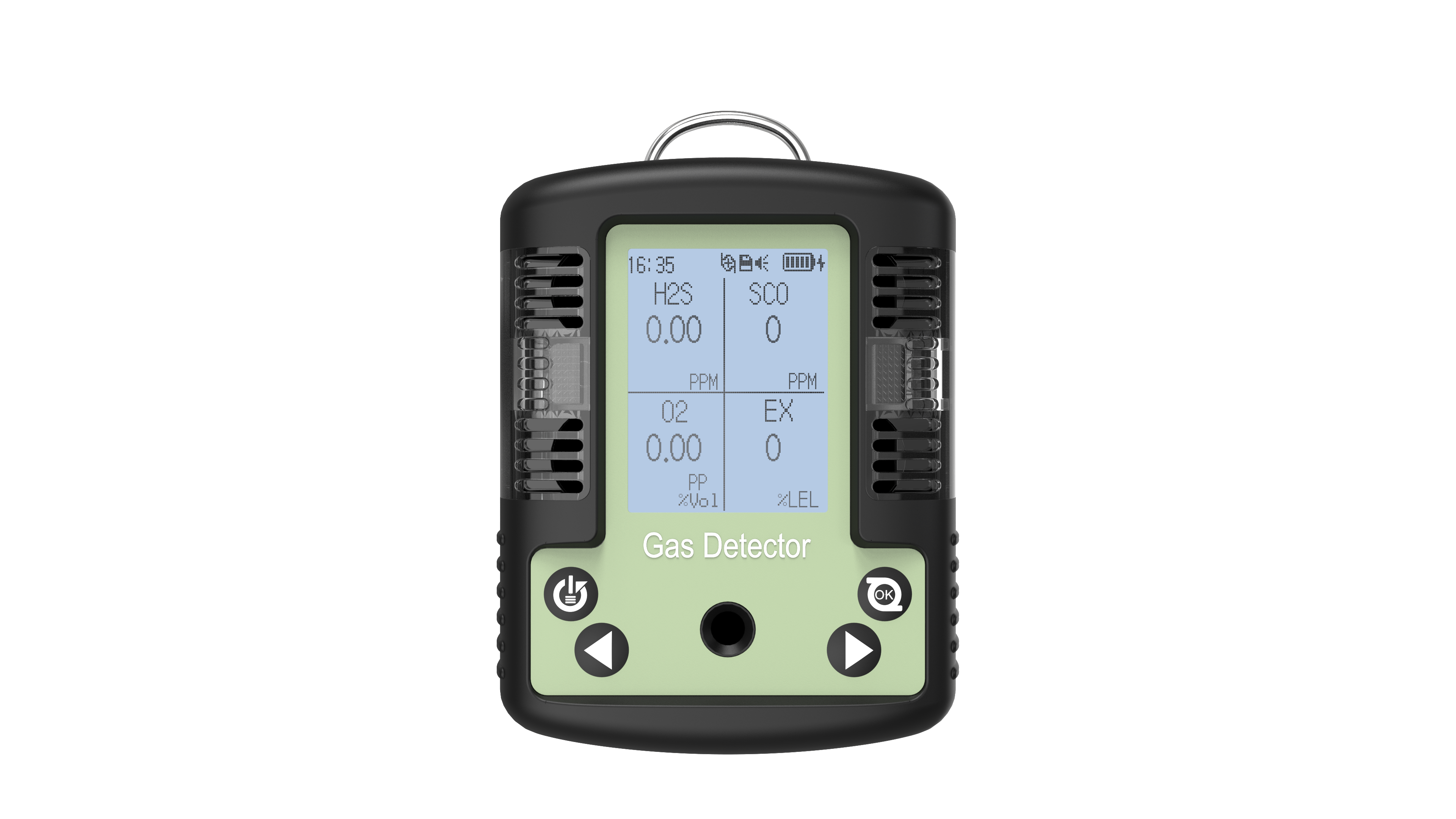

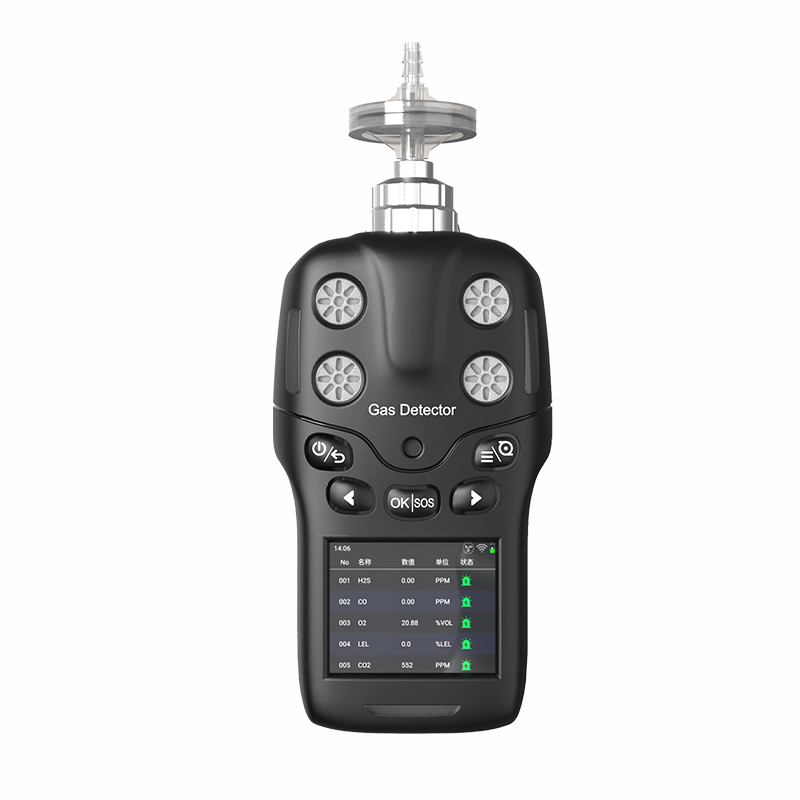

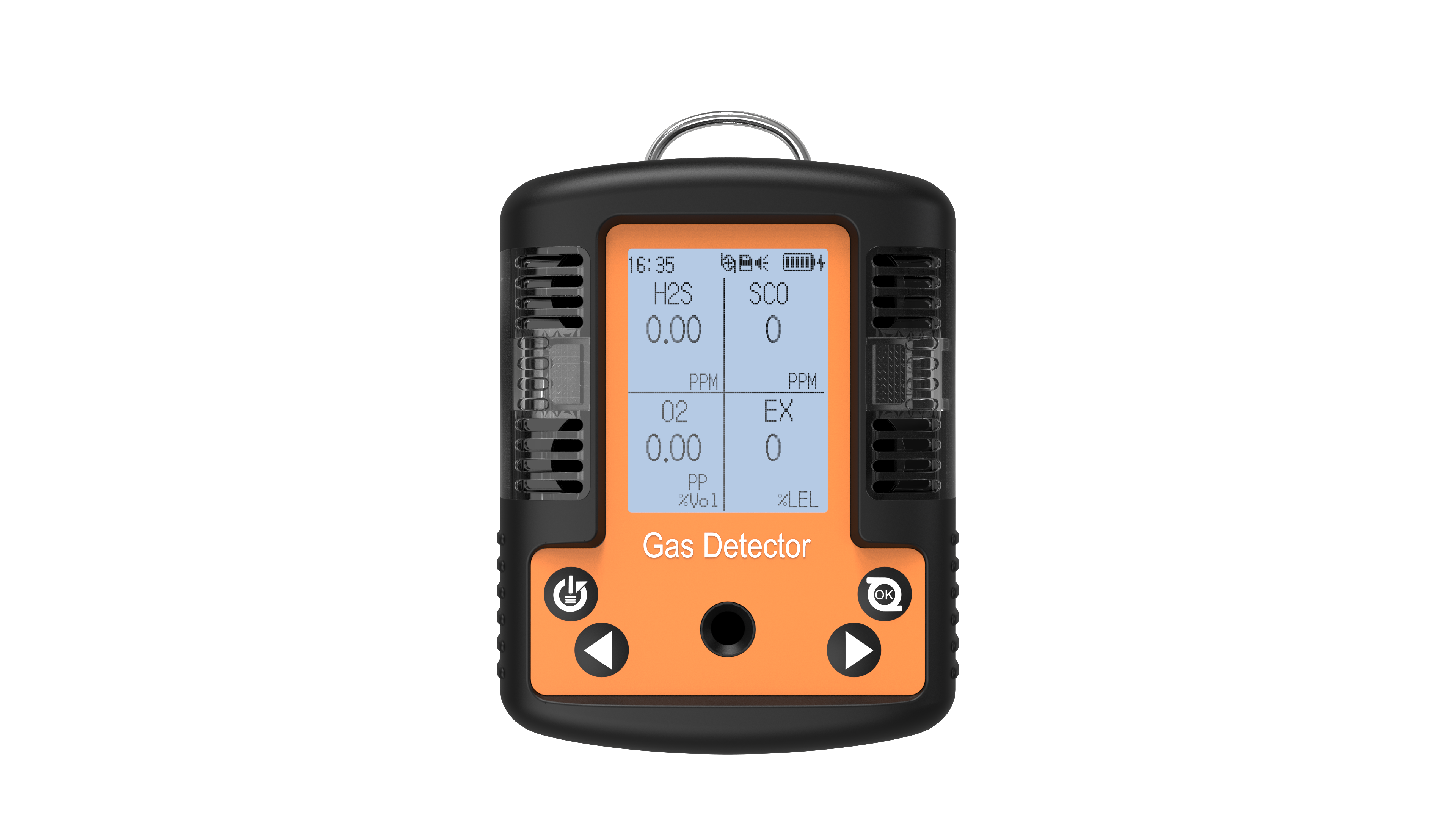
 info@eranntexgas.com
info@eranntexgas.com


 13480931872
13480931872